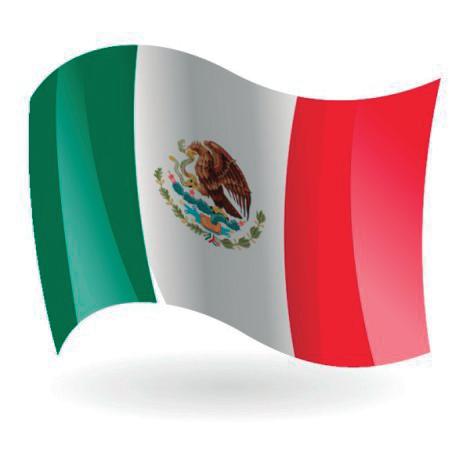
1 minute read
Human TRAFFICKING
Despite being a global problem, human trafficking occurs locally: in your favorite restaurant or beauty salon; at a house in your neighborhood or a hotel you drive by; in the streets of your city or a barn in the country.
Today we talk about 40.3 million slaves (Global Slavery Index) in an illegal industry which generates 150 billion U.S. dollars annually (ILO).
There are more than 170 countries who are publicly commi�ed to eradica�ng human trafficking (UN). Despite that fact, the ba�le against modern day slavery is slow and painful, and it doesn’t happen on a global scale: it takes place where you live. Begin at home and extend that ba�le to embrace your sphere of influence.
www.protectmeproject.org protectmeproject@gmail.com

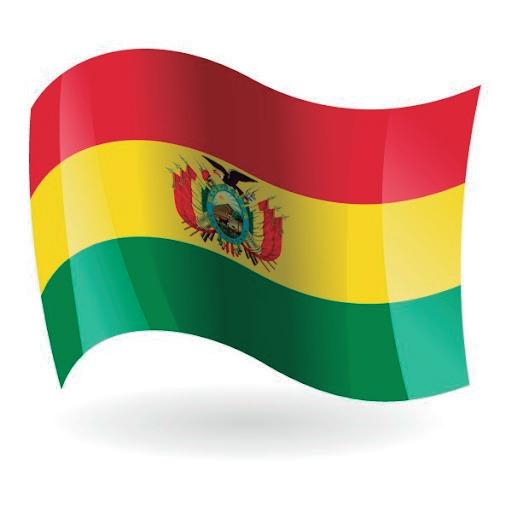
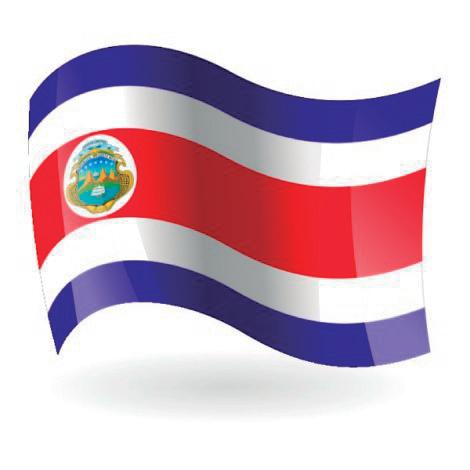
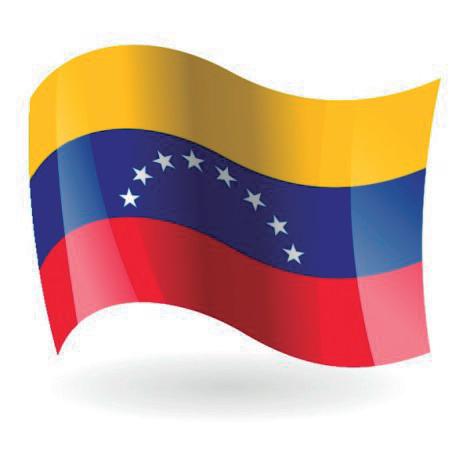
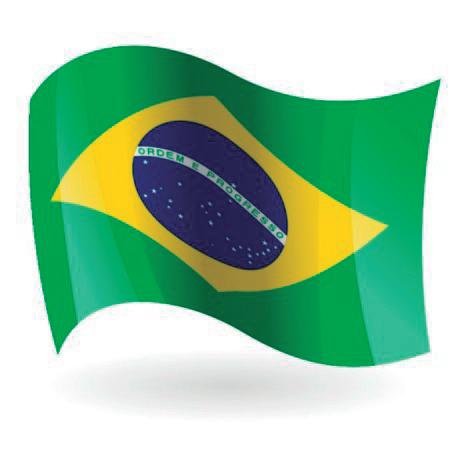
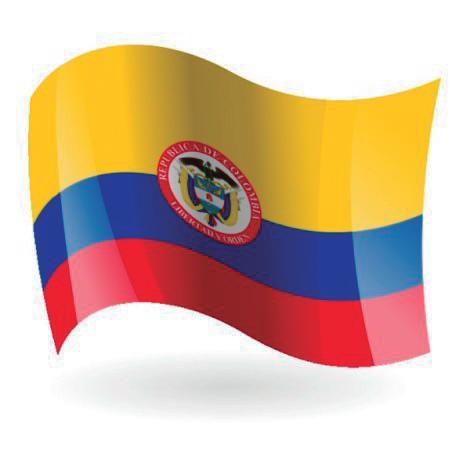

WHAT IS HUMAN TRAFFICKING?

Average age
Obtain or recruit or house or transport a person
Force, Fraud, or Coercion
Involuntary servitude, peonage, sex or labor exploita�on, forced marriage or armed combat, organ harves�ng, slavery and more…
Is someone being groomed?
• Abrupt change in behavior or a�re
• The presence of an older “boyfriend”
• A new phone, purse, shoes, make-up
• Lies about plans, ac�vi�es
• Stops socializing with friends
How to recognize a victim?
• Lives where they work
• Lacks personal documents and/or money
• Must ask for permission to eat, use the bathroom
• Never has �me off
• Is not allowed to talk with people outside work
12 - 14
30% of slaves imported into the United States in the past 10 years came from Mexico, Central America and the Caribbean. (U.S. State Department)
Origen of victims of human tra cking detected in the Americas (UN)
58% Domestic (within country of origin)
38% from the Caribbean and Central America
10%
11% within South America
78% Domestic (within country of origin)

